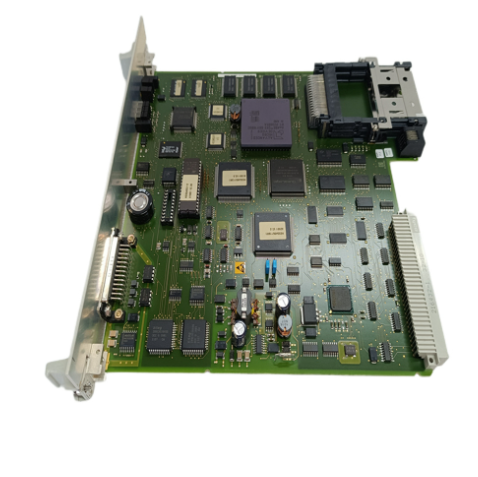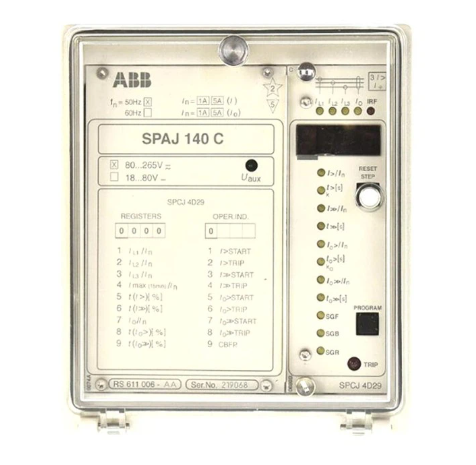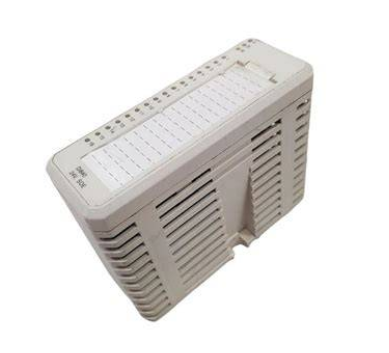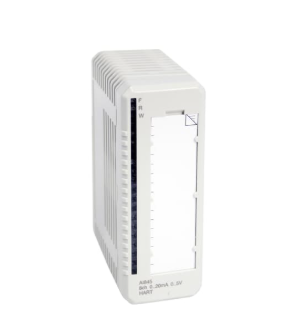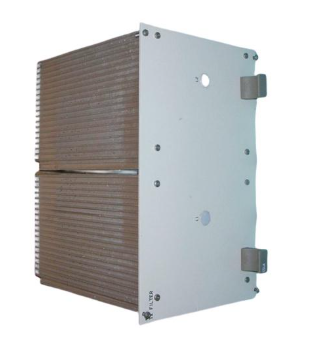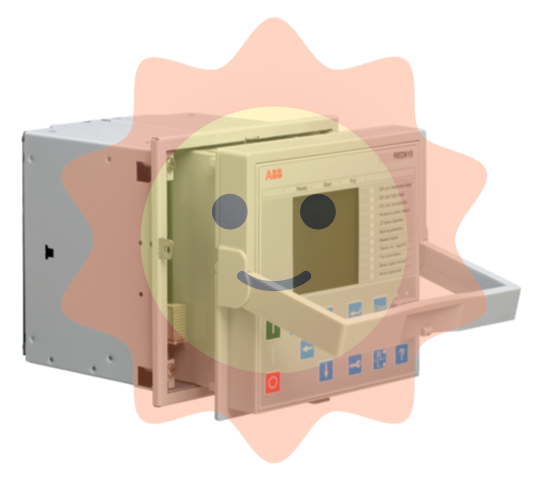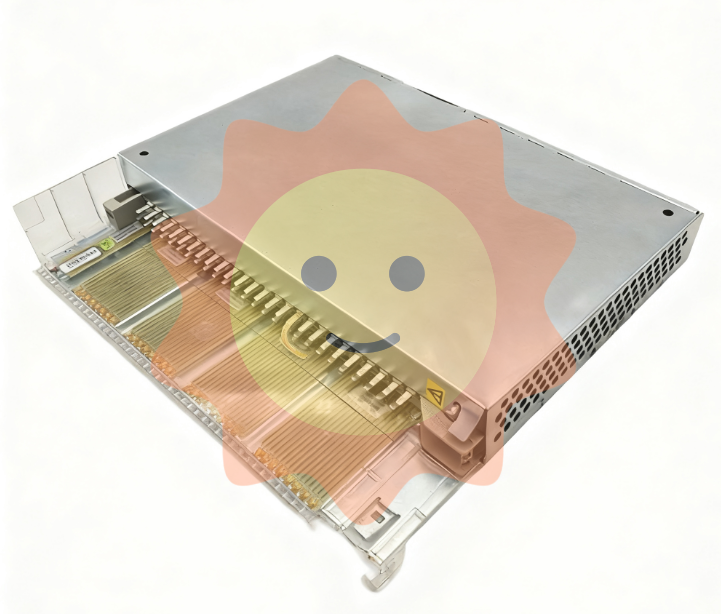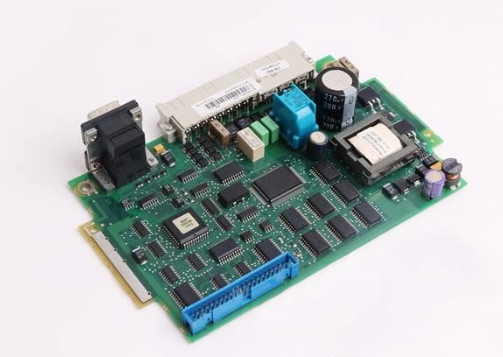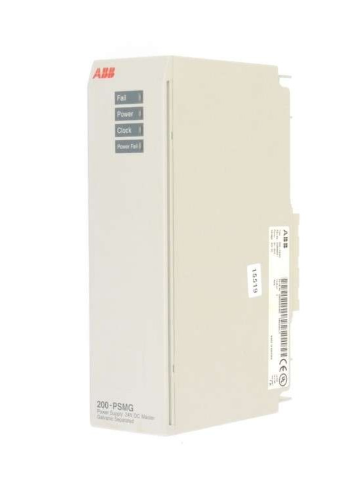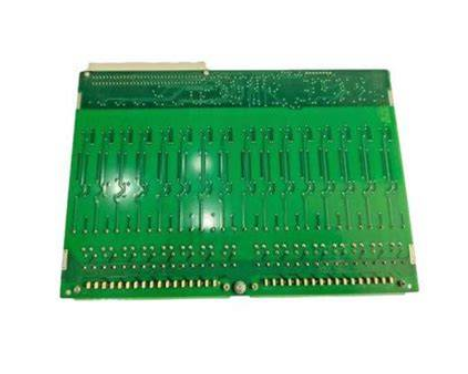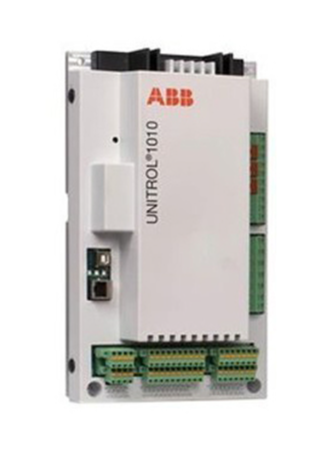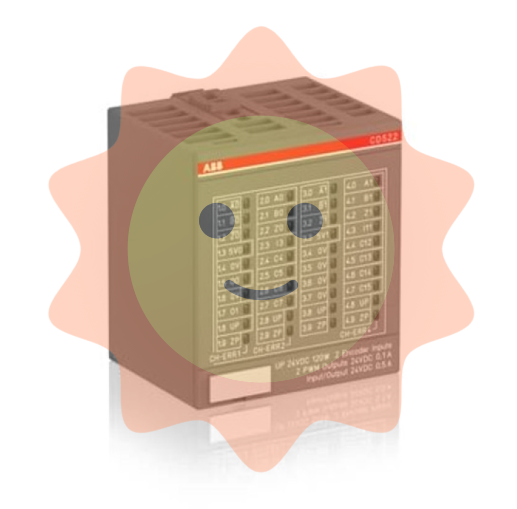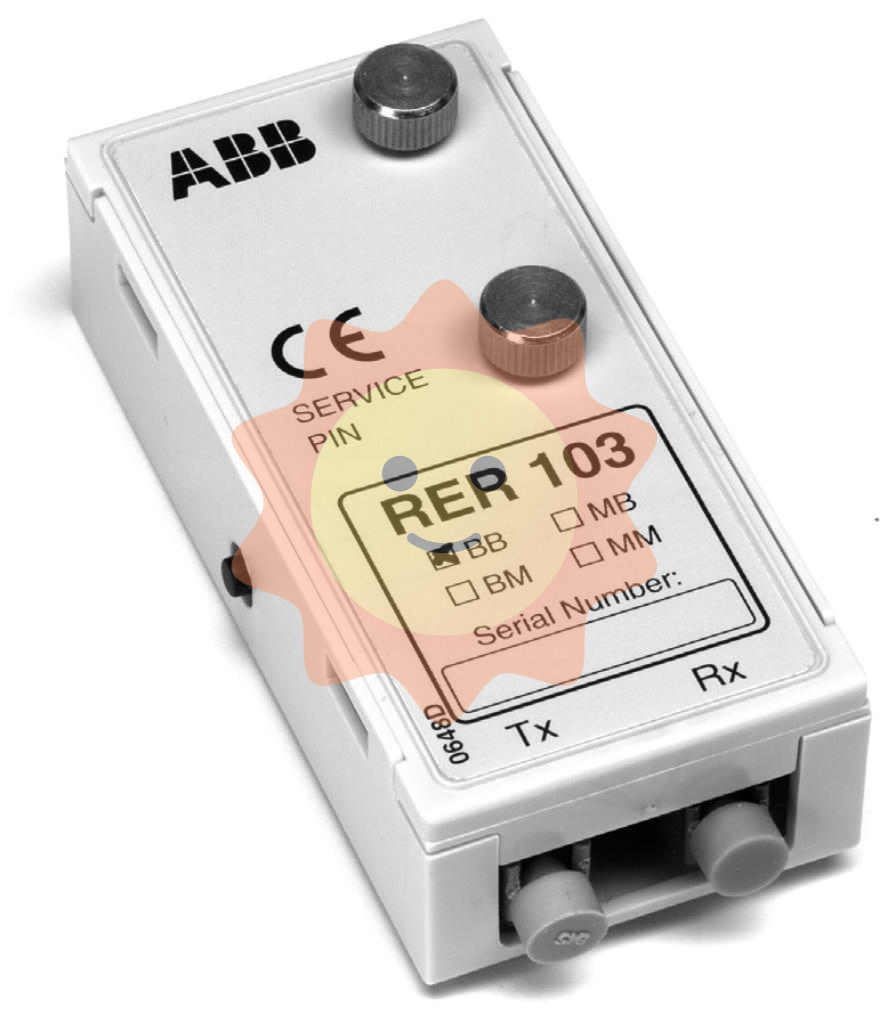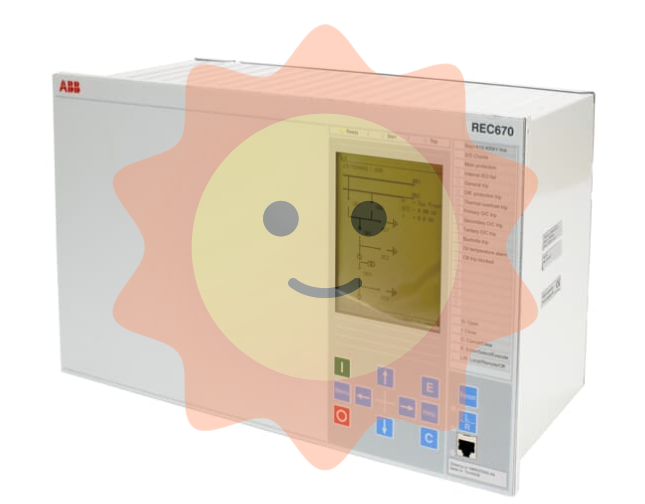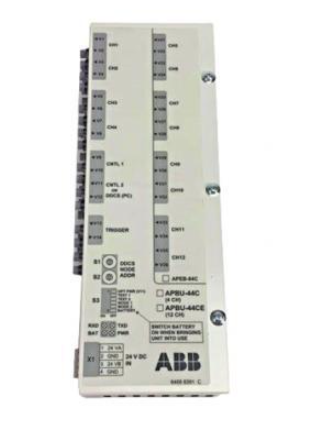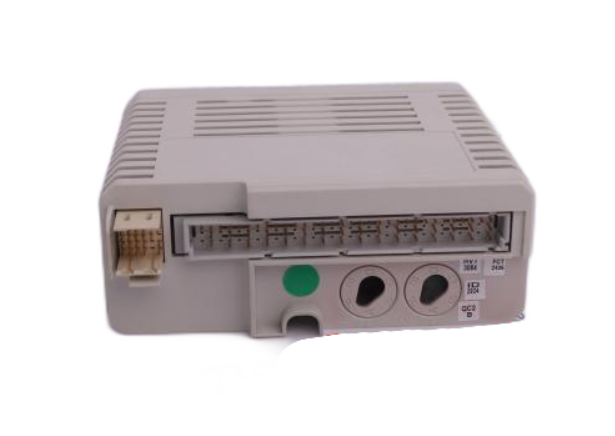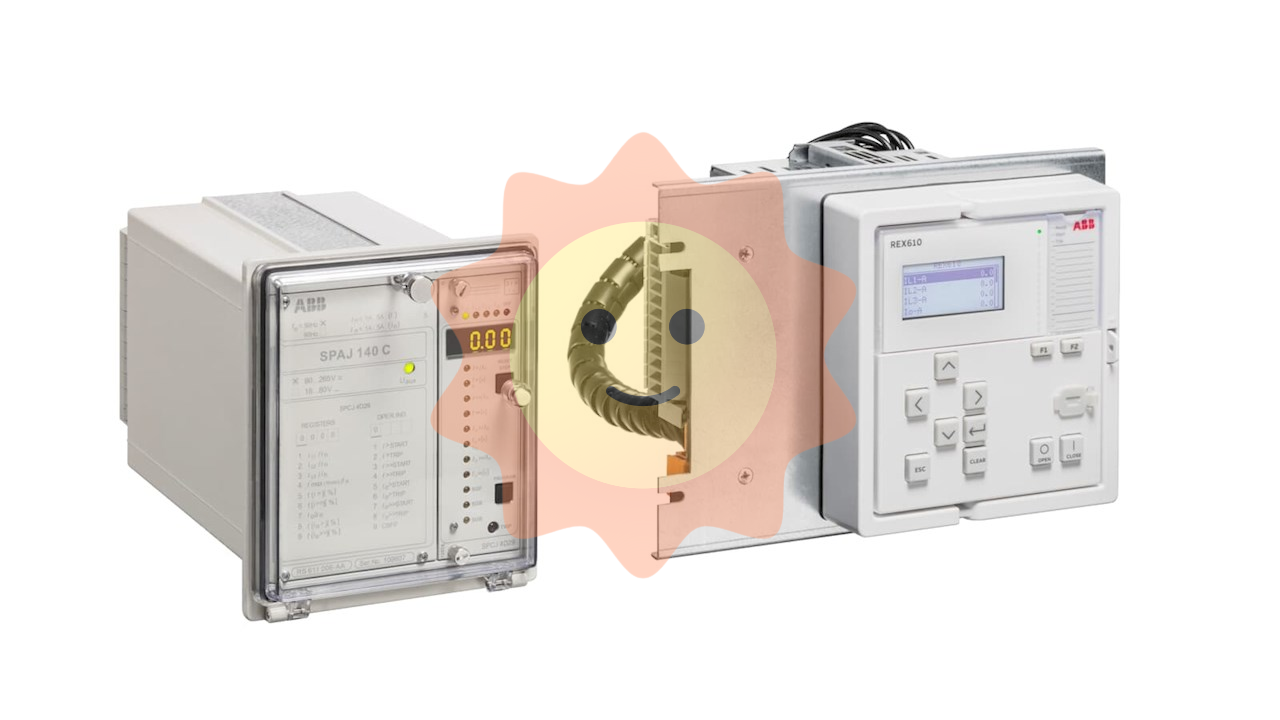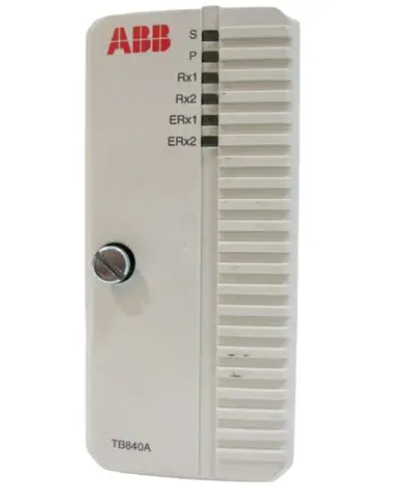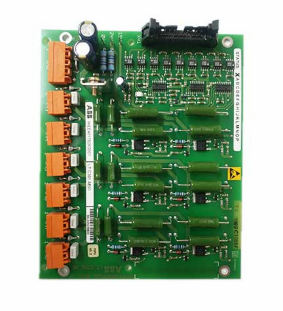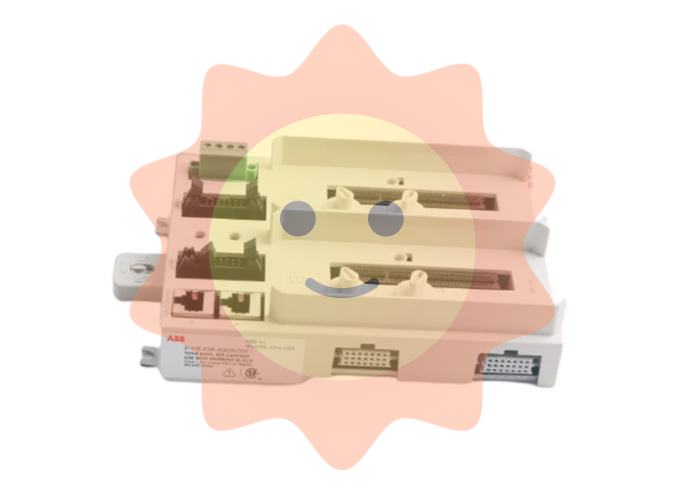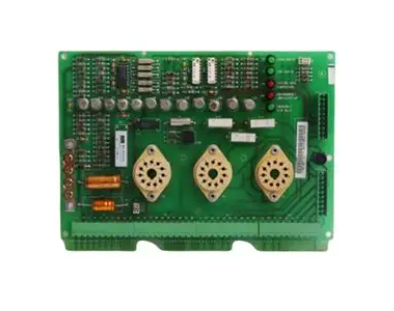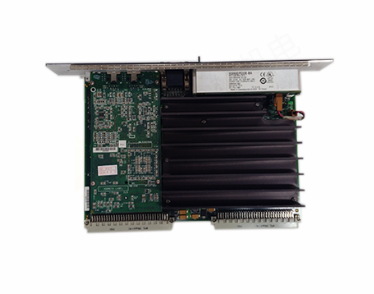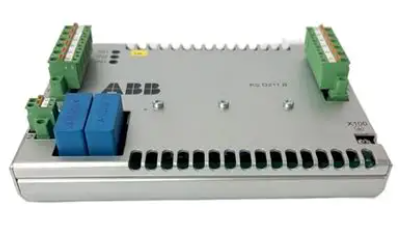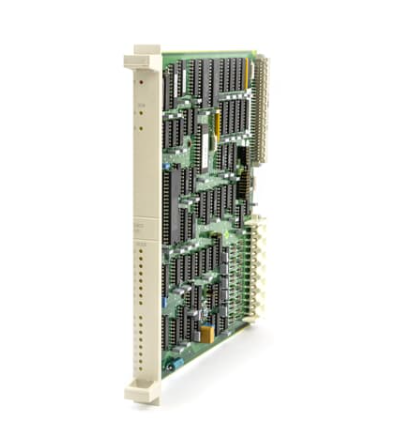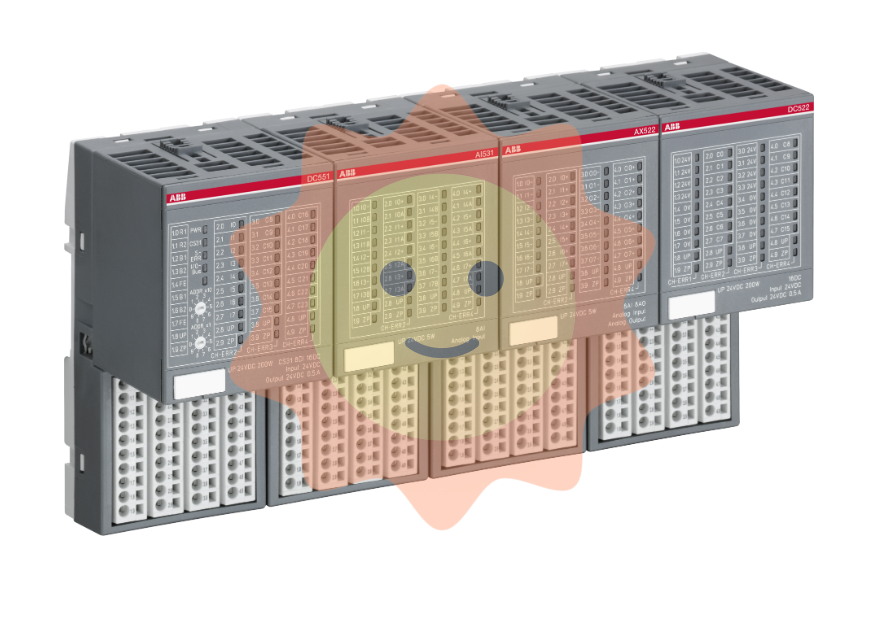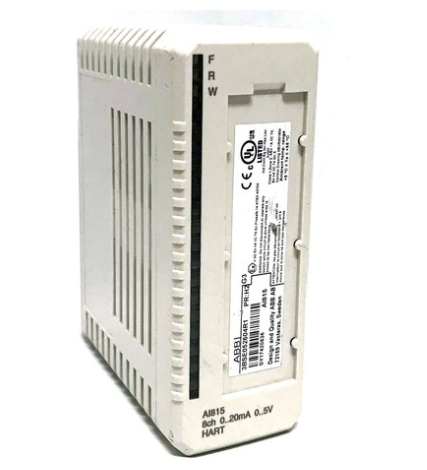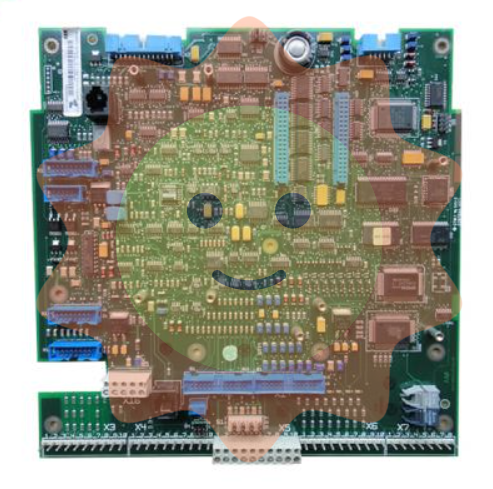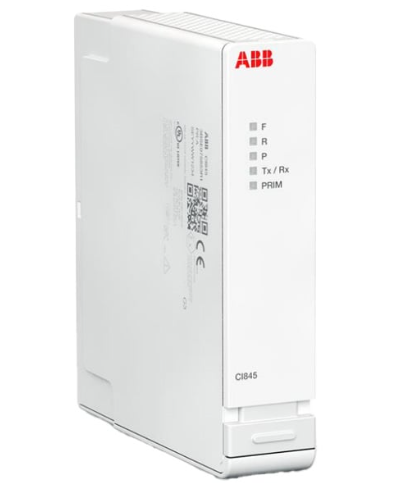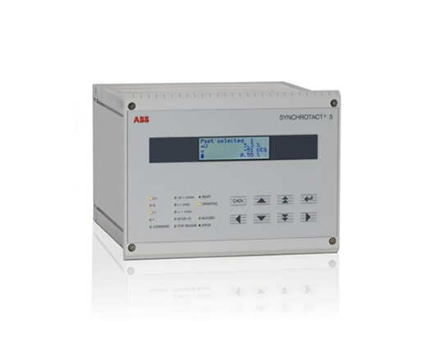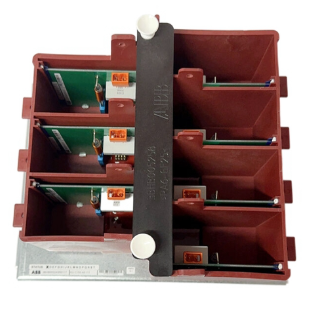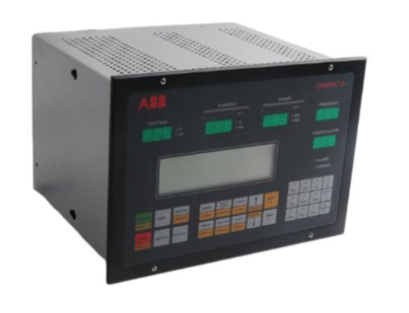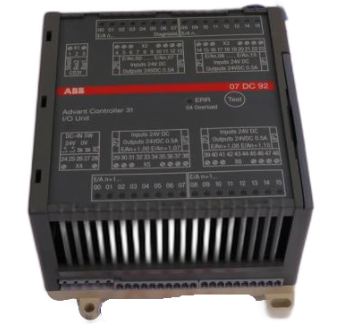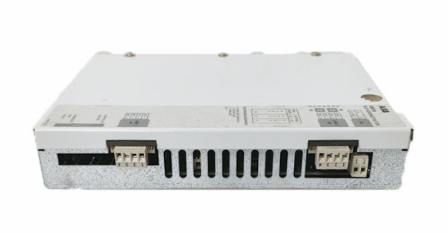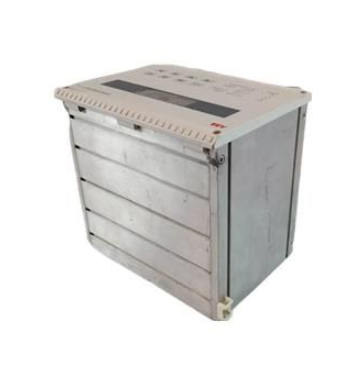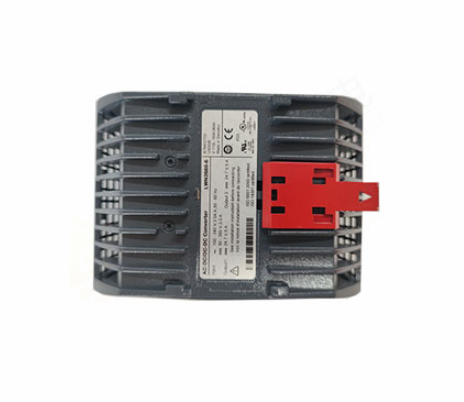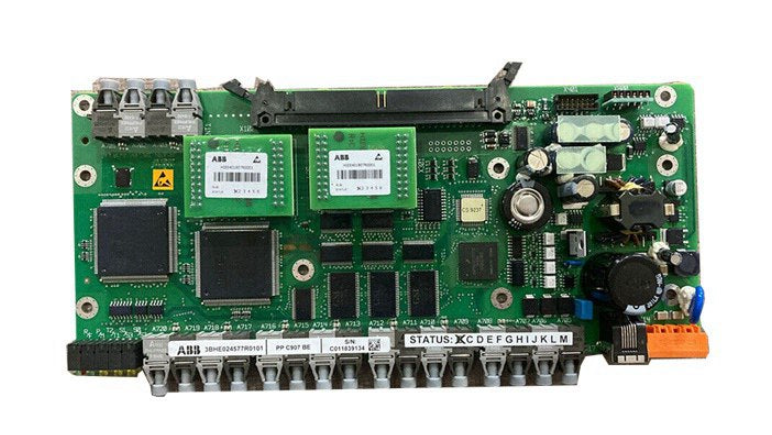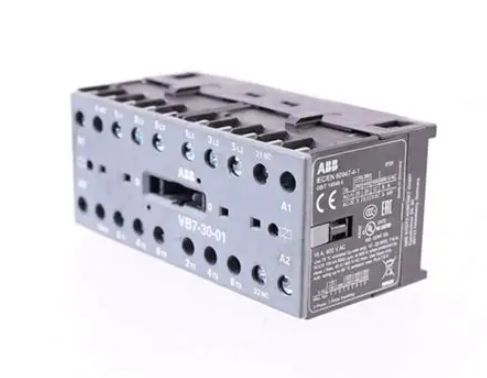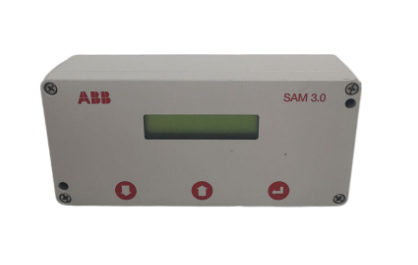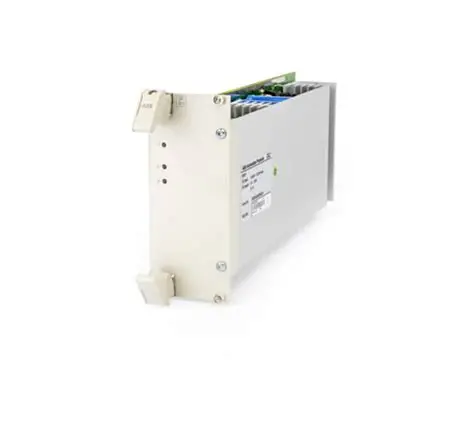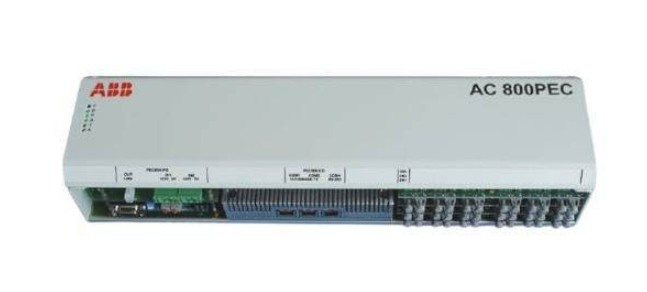ABB ACS800 inverter IGBT module
ACS800-02/U2: There is relatively little mention in the document, and the external specifications are R7 and R8. Other information can refer to the relevant content of ACS800-01/U1. Some chapters of the two are common, such as safety instructions, electrical installation design, and braking resistors.
Electrical installation design
Motor compatibility check: Ensure that the rated voltage and current of the motor meet the requirements, and avoid the rated voltage of the motor being less than 1/2 of the rated input voltage of the transmission unit or the rated current being less than 1/6 of the rated output current of the transmission unit.
Protecting motor windings and bearings: The output pulse voltage of the transmission unit may affect the motor insulation and bearings. ABB du/dt filters, common mode filters, etc. can be used to reduce the impact. Suitable filters and insulated bearings should be selected according to the motor type and power.
Power supply system connection: A manually operated circuit breaker can be installed between the AC power supply and the transmission unit, which must comply with relevant standards, such as using category AC-23B, etc; The input cable needs to be equipped with a fuse group, and the fuse model should be selected according to local safety regulations, input voltage, and rated current of the transmission unit.
Cable selection and wiring: The main power and motor cables need to be selected according to local regulations to meet the requirements of load current and temperature. The protection ground cables need to consider inductance and impedance limitations; It is best to use shielded cables for control cables, with separate routing for analog and digital signals to avoid long-distance parallel routing. When crossing, the angle should be 90 degrees.
electrical installation
Insulation performance inspection: Check the insulation performance of the motor and motor cables, disconnect the transmission unit from the main power supply, use a 1kV insulation meter to measure the insulation resistance of each relative protective ground, and the resistance value should be greater than 1 megohm.
Power cable wiring: Determine the length of wire stripping according to the external specifications, ground the cable shielding layer, connect the main power cable and motor cable to the corresponding terminals, and fix the junction box cover and front cover.
Control cable wiring: Thread the control cable through the entrance hole and connect it to the relevant detachable terminals on the RMIO board, ensuring a secure connection, grounding the shielding layer, and fixing the control cable and front cover.
Maintenance
Maintenance Cycle
Capacitor update: once a year when stored.
Temperature inspection and cleaning of radiator: Depending on the dust content in the environment, it should be done every 6-12 months.
Cooling fan replacement: Replace every five years, and replace spare fans for IP55 units and some IP21 units every three years.
Maintain content
Cleaning of radiator: Remove the cooling fan, use clean and dry compressed air to blow the radiator from bottom to top, while using a vacuum cleaner to absorb dust at the air outlet, and then install the cooling fan.
Cooling fan inspection: Pay attention to the noise of the fan bearings and the temperature of the radiator. Replace them in a timely manner when signs of damage appear, and use ABB designated spare parts.
Capacitor inspection: Electrolytic capacitors are used in the intermediate circuit, with a service life of about 100000 hours. Damage is often accompanied by the main power fuse melting or fault tripping. If there is suspicion of damage, contact the ABB representative office and use designated spare parts.
LED indication: The LED lights on the RMIO board and control panel installation components can indicate faults and normal power status.
Technical data
IEC level: lists the rated capacity, external specifications, air flow rate, heat loss, and other data of different models of ACS800-01 under 50Hz and 60Hz grid power supply.
Capacity reduction
Temperature induced capacity reduction: When the ambient temperature is between+40 ° C and 50 ° C, for every 1 ° C increase, the rated output current decreases by 1%. The rated current Icont.max is not allowed to be applied in environments exceeding 40 ° C.
Capacity reduction caused by altitude: When the altitude is between 1000-4000m, the rated current decreases by 1% for every 100m increase. If it exceeds 2000m, consult the local ABB dealer or office.
Main power cable fuse: provides cable specifications, fuse models, parameters, etc. corresponding to different models of ACS800-01.
Cable entry hole: information such as terminal size, cable diameter, and tightening torque for different external specifications.
Size, weight, and noise: The size, weight, and noise data of each external specification under different protection levels.
Motor wiring: parameters such as voltage, frequency, current, power limit, and recommended maximum motor cable length.
Efficiency and cooling: The efficiency is approximately 98% of the rated power, and the cooling method is an internal fan with a flow direction from the bottom to the top.
Protection level and environmental conditions: Protection levels include IP21 and IP55, as well as operating conditions such as environmental temperature, relative humidity, and pollution level.
Materials and applicable standards: Information on materials such as transmission unit casing and packaging boxes, following international standards such as EN50178, EN60204-1, etc.
- EMERSON
- Honeywell
- CTI
- Rolls-Royce
- General Electric
- Woodward
- Yaskawa
- xYCOM
- Motorola
- Siemens
- Rockwell
- ABB
- B&R
- HIMA
- Construction site
- electricity
- Automobile market
- PLC
- DCS
- Motor drivers
- VSD
- Implications
- cement
- CO2
- CEM
- methane
- Artificial intelligence
- Titanic
- Solar energy
- Hydrogen fuel cell
- Hydrogen and fuel cells
- Hydrogen and oxygen fuel cells
- tyre
- Chemical fiber
- dynamo
- corpuscle
- Pulp and paper
- printing
- fossil
- FANUC
- Food and beverage
- Life science
- Sewage treatment
- Personal care
- electricity
- boats
- infrastructure
- Automobile industry
- metallurgy
- Nuclear power generation
- Geothermal power generation
- Water and wastewater
- Infrastructure construction
- Mine hazard
- steel
- papermaking
- Natural gas industry
- Infrastructure construction
- Power and energy
- Rubber and plastic
- Renewable energy
- pharmacy
- mining
- Plastic industry
- Schneider
- Kongsberg
- NI
- Wind energy
- International petroleum
- International new energy network
- gas
- WATLOW
- ProSoft
- SEW
- wind
- ADVANCED
- Reliance
- YOKOGAWA
- TRICONEX
- FOXBORO
- METSO
- MAN
- Advantest
- ADVANCED
- ALSTOM
- Control Wave
- AB
- AMAT
- STUDER
- KONGSBERG
- MOTOROLA
- DANAHER MOTION
- Bently
- Galil
- EATON
- MOLEX
- Triconex
- DEIF
- B&W
- ZYGO
- Aerotech
- DANFOSS
- KOLLMORGEN
- Beijer
- Endress+Hauser
- MOOG
- KB
- Moxa
- Rexroth


Email:wang@kongjiangauto.com



